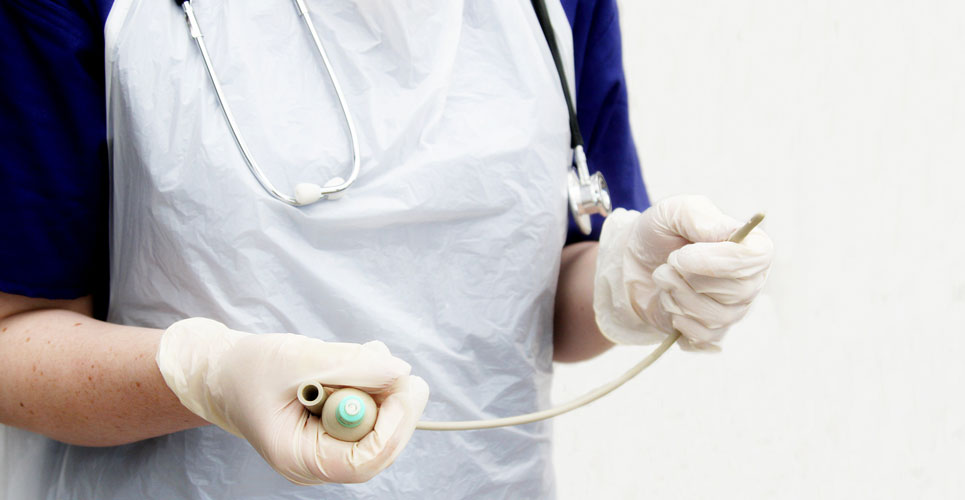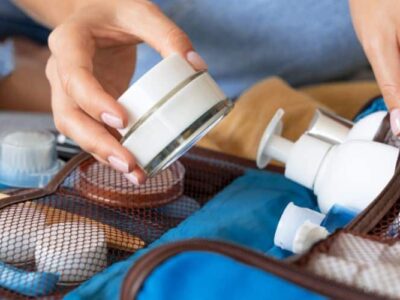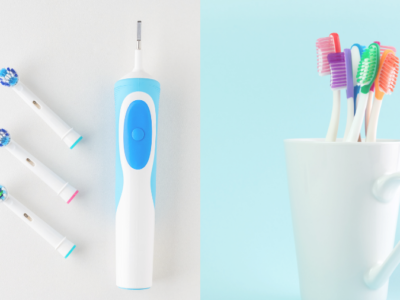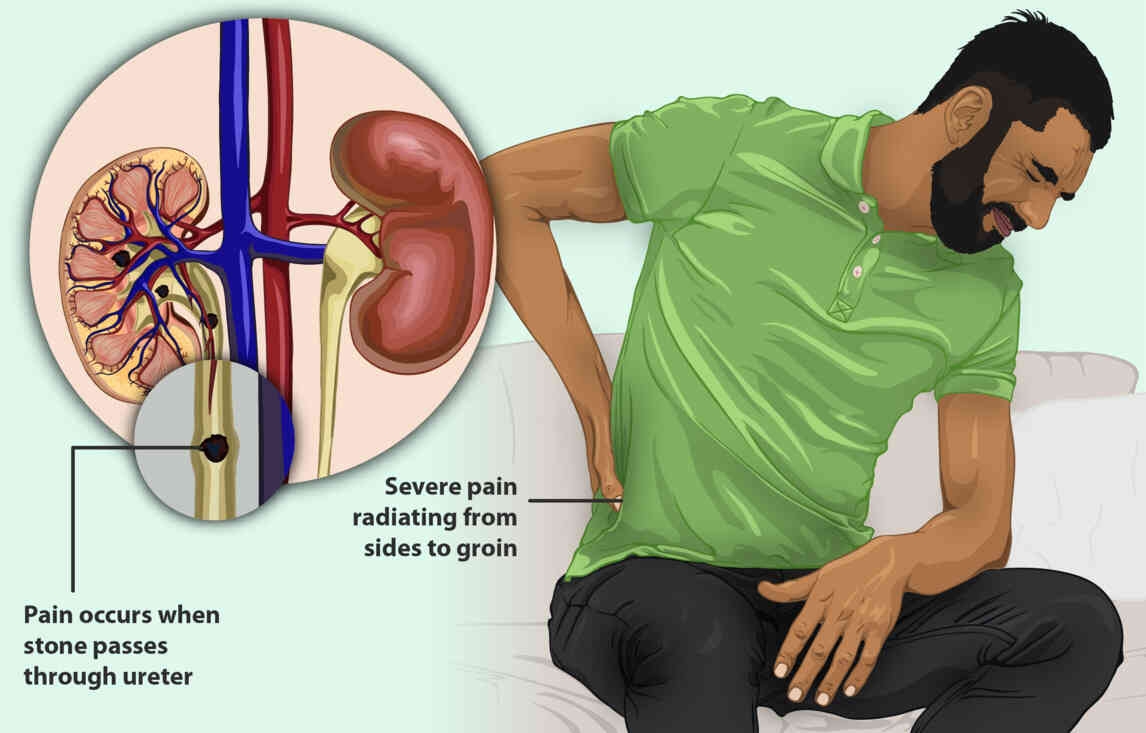
With the increasing number of people suffering from catheter-related pain and discomfort, it is important to understand what the best ways to reduce catheter pain are. Urologists in Los Angeles and other medical professionals agree that there are several methods to decrease the severity of this condition. Here are some of the most effective ways to reduce catheter pain.
Use the Correct Size Catheter
One of the most important steps to reduce catheter pain is to ensure that the catheter being used is the correct size for the patient. If the catheter is too large for the individual, it can cause discomfort and increase the risk of infection. Urologists in Los Angeles can help determine the correct size catheter for a patient.
Change the Catheter Regularly
Catheters should be changed on a regular basis, typically every month or sooner if symptoms of infection or discomfort arise. Frequently changing the catheter can help reduce the risk of infection and can reduce the amount of pain the patient experiences.
Use Lubrication
Using lubrication can help reduce friction and reduce the amount of pain experienced when inserting or removing the catheter. Urologists in Los Angeles may recommend a lubrication gel or cream to help ease the process.
Use a Catheter Valve
Catheter valves can help reduce pain and discomfort by allowing the patient to control the flow of urine. This valve can be used to stop and start the flow of urine, which can help reduce the pain and discomfort experienced during catheterization.
Use Pain Medication
Pain medications such as acetaminophen or ibuprofen can help reduce the pain associated with catheterization. Urologists in Los Angeles may recommend these medications to help reduce the pain associated with catheterization.
Use Heat or Cold Therapy
Using heat or cold therapy can help reduce the pain associated with catheterization. Heat packs or cold packs can be used to reduce the discomfort associated with the procedure.
Practice Relaxation Techniques
Relaxation techniques such as deep breathing, visualization, or progressive muscle relaxation can help reduce the pain associated with catheterization. Urologists in Los Angeles may recommend practicing relaxation techniques prior to and during the catheterization process.
Seek Professional Care
If the pain associated with catheterization is severe or persists, it is important to seek professional care. Urologists in Los Angeles can provide treatment and advice to help reduce the pain and discomfort associated with catheterization.
In conclusion, there are several methods that can be used to reduce catheter pain. It is important to use the correct size catheter, change the catheter regularly, use lubrication, use a catheter valve, use pain medications, and practice relaxation techniques. Additionally, seeking professional care from urologists in Los Angeles can help reduce the pain and discomfort associated with catheterization.






